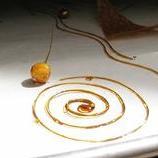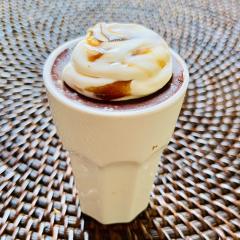-
Welcome to the eG Forums, a service of the eGullet Society for Culinary Arts & Letters. The Society is a 501(c)3 not-for-profit organization dedicated to the advancement of the culinary arts. These advertising-free forums are provided free of charge through donations from Society members. Anyone may read the forums, but to post you must create a free account.
Traditional Pastry Style American Savory Biscuits
-
Similar Content
-
- 7 replies
- 336 views
-
- 8 replies
- 2,566 views
-
- 243 replies
- 48,627 views
-
Pastry cream tricks? 1 2 3
By sygyzy,
- 62 replies
- 19,358 views
-
- 31 replies
- 21,169 views
-
-
Recently Browsing 0 members
- No registered users viewing this page.







Recommended Posts